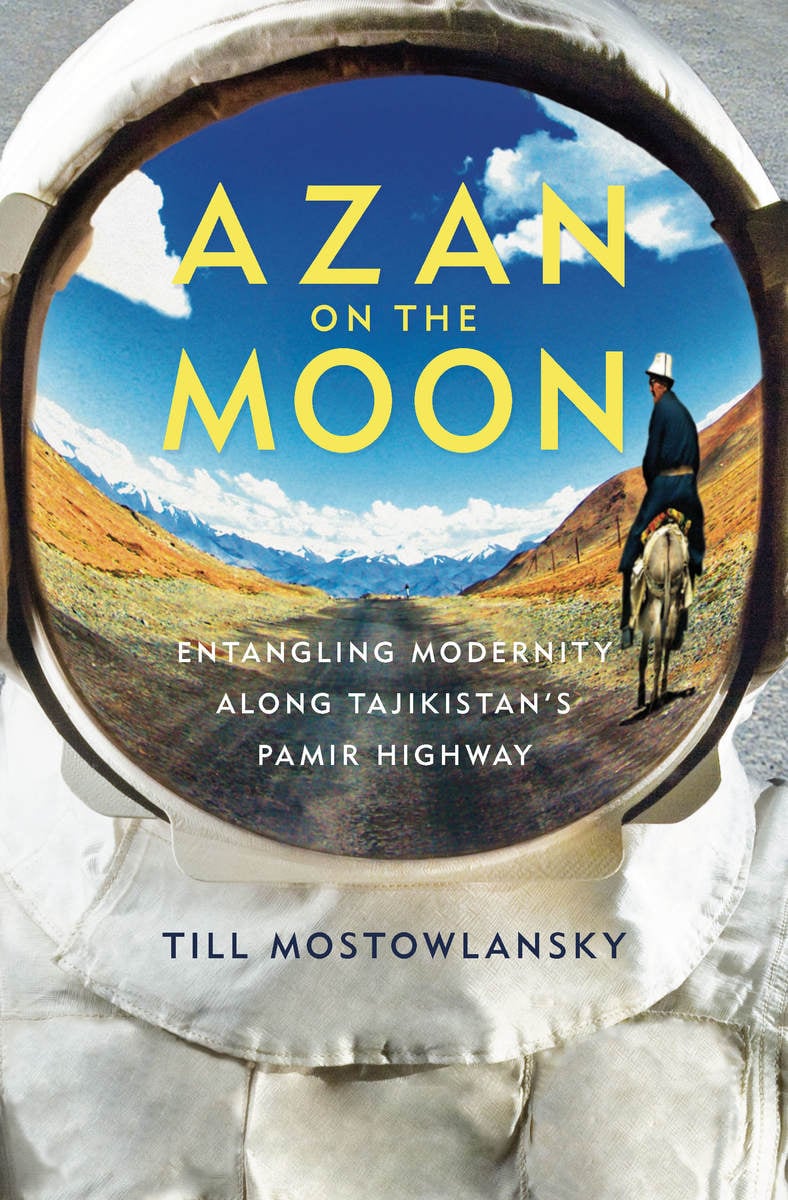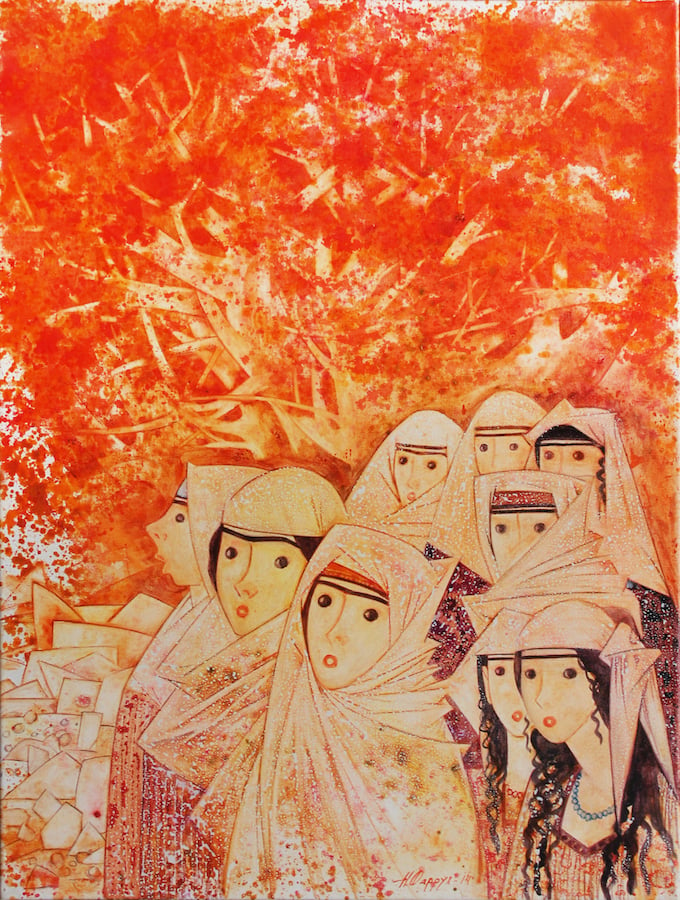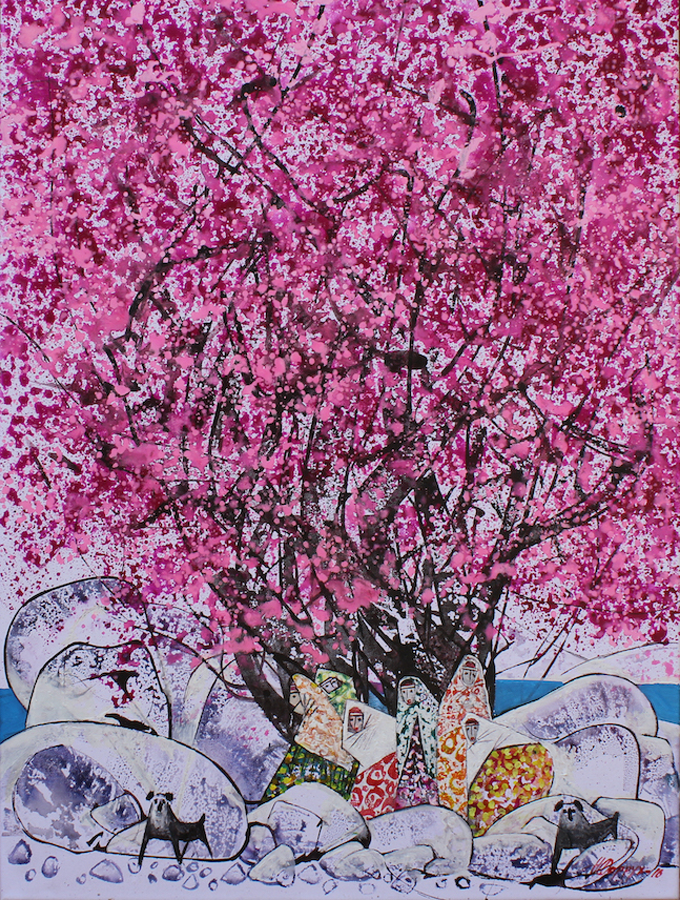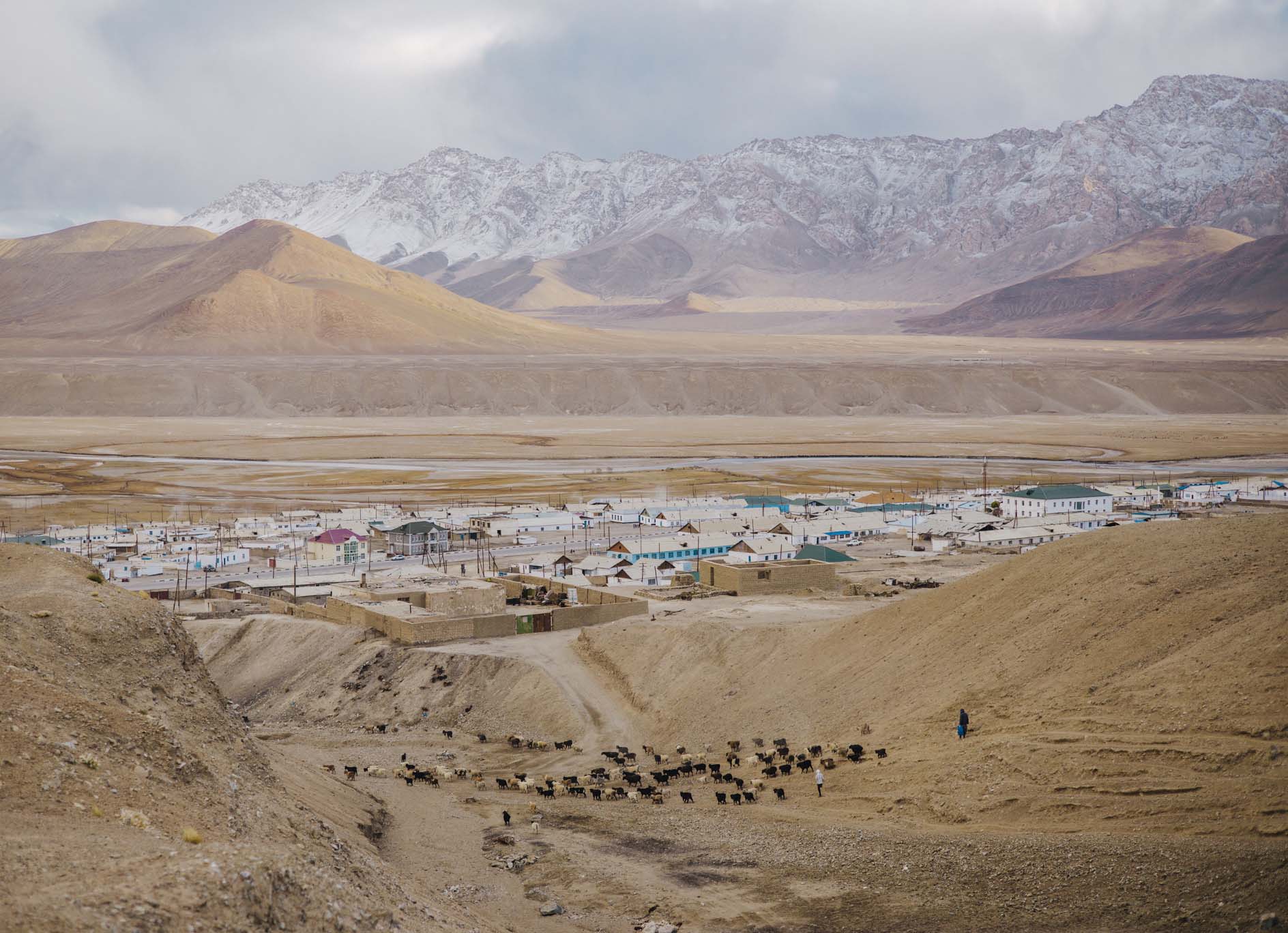Modern Tajikistan emerged from the 9th and 10th century Persian Samanid dynasty. Today, a statue of Samanid king Ismoil Somoni stands in the capital of Dushanbe: the country’s currency is called the somoni, and the Tajik language is a variant of Persian. But Tajikistan’s ties to this ancient civilisation is seen most vibrantly in its art, poetry, music, and dance, tying its artists to a culture stretching back for more than two millennia.
More recently,Tajikistan declared its independence from the USSR on 9 September 1991 — 30 years ago today. The following decades would see the country slide into economic collapse and civil war, and immense insecurity until the late 90s. Today, while Tajikistan’s democratic elections are rarely supposed free or fair by the outside world, there is a sense of optimism as the country slowly finds its feet. In its wake, a new wave of burgeoning creativity is blossoming. In its honour, The Calvert Journal takes a look at the artworks which have defined Tajikistan since its independence — and as it looks into the future.
Art
Farrukh Negmatzade
When Dushanbe was declared the capital of Tajikistan in 1924, it was little more than a village of 2,000 people. Today, construction sites edge most of the major roads and the population hovers at around one million. For such a small city, the changes are startling and obvious. Yet, it is no bonafide boomtown. Many of the shiniest apartment blocks and office buildings, such as Dushanbe Plaza, a monolithic 22-storey wedding-cake construction, lie empty, or else are only partly used. Some say these constructions merely give Dushanbe the illusion of a wealthy city, masking poverty below.
Outside the capital, and a handful of other cities such as Khujand, rural life continues much as it has done for centuries. Artist Farrukh Negmatzade, born in Tajikistan in 1959 and continuing to work today, depicts in his paintings the countryside of his homeland. We see changing seasons — bright spring, blossom in autumn, snow in winter — and unchanging aspects of rural life, from baking bread outdoors in a clay oven to collecting firewood. His style is playful, with evocative use of colour and heightened imagination. Similar-looking characters, almost caricatures, reappear in many paintings, creating a pleasing fixed style throughout his work.
Maksud Mirmukhamedov
Little is known about Maksud Mirmukhamedov outside of select artistic circles and the borders of Tajikistan, but he deserves to be better known. Born in 1986, he is one of very few Tajik artists exhibiting overseas, and in recent years has shown work in Cyprus, Armenia, and Turkmenistan. Mirmukhamedov’s artistic style — fantastical and bright — encourages the viewer to consider Tajikistan today through the lens of traditional culture. In his paintings, he creates a world of familiar Tajikistani motifs and symbols, including teapots, stitched suzani fabrics, paper planes, children playing, birds, bulbous gourds, maroon pomegranates, and luscious watermelons. Many hint at families, fertility and freedom, all central to his work. While the paintings do not feel explicitly political, there is an overwhelming sense of old meeting new, and questions as to how soon traditional ways of life may disappear.
Film
Kosh Ba Kosh, 1993 dir. Bakhtyar Khudojnazarov
Kosh Ba Kosh is a Russian-Tajik film directed by Bakhtyar Khudojnazarov, who died aged just 49 in 2015. Born in Dushanbe, Khudojnazarov graduated from Moscow’s Gerasimov Institute of Cinema in 1989 and fixed his reputation quickly in 1991 with his debut feature Bratan. While he may be best known for his film Luna Papa (1999), it is Kosh Ba Kosh that won him a Silver Lion for best director at the Venice Film Festival in 1993. The film tells the tale of Mira, a young Tajik woman who returns to Dushanbe from Russia just after the collapse of the Soviet Union. Filmed as Tajikistan staggered towards independence and into civil war, the plot unravels a tangled love story of gambling and conflict, mirroring an increasingly unstable country. Some reports claim that filming was sometimes interrupted by gunfire.
Parvaz-e Zanbur, 1998 dir. Jamshed Usmonov and Min Biong Hun
A fable shot towards the end of Tajikistan’s civil war, Parvaz-e Zanbur, also known as The Flight of the Bee, tells a story that is as relevant in Tajikistan now as it was in 1998. Co-directed by Jamshed Usmonov and South Korean filmmaker Min Biong Hun, the film won honours at the 1998 Turin Film Festival, as well as the audience vote for most popular screening. Set in a remote village, it is a story of stark wealth disparity, and of citizens taking matters into their own hands when authorities fail them. It watches as a wealthy neighbour decides to build a toilet next to the window of a modest tutor — but when the teacher complains, he is told no laws have been broken. Frustrated, he sets out on a vendetta to give the bully a taste of his own medicine. Some critics have compared the style to legendary Kolkata-born film director Satyajit Ray (The Apu Trilogy, The Music Room, The Big City) and given the film was in fact dedicated to Ray, it is fair to assume some influence.
Books

Azan on the Moon: Entangling Modernity along Tajikistan’s Pamir Highway (2017)
by Till Mostowlansky, University of Pittsburgh Press
This is an academic but highly readable book focusing on one of the world’s greatest roads, the remote Pamir Highway. By zooming in on the communities dotted along the highway, Mostowlansky manages to highlight the construction of the road in the 1930s, as well as in-depth explorations into various telling themes — including Islam, the Ismaili faith, and whether the region’s isolation equals dislocation. Mostowlansky also effectively unpicks the orientalist views of outsiders who paint the landscape as a wildly romantic one, and delves into speeches on the Pamiri region by the president Emomali Rahmon. In power since 1994, Rahmon’s public addresses often touch upon reviving the area’s Silk Road glory days, but Mostowlansky focuses more on what the Tajikistani leader really is achieving as “father of the nation”.
Music
Invisible Face of the Beloved: Classical Music of the Tajiks and Uzbeks
Abduvali Abdurashidov
Enormously rich and varied, Tajikistani music looks to its own modern and ancient traditions, as well as the music of neighbouring Afghanistan and the classical practices of Persia. As any musicologist knows, there are countless folk traditions to be found in Tajikistan’s rural areas, especially in the Pamirs, where music is deeply ingrained in local culture. Abduvali Abdurashidov is a leading performer and the artistic director of the Academy of Maqom in Dushanbe, which he founded in 2003. He has been credited with bringing new vitality to the performance of maqom (a fusion of vocal and instrumental music, melodic rhythms and poetry), and classical or court music. His refined and poetic music beautifully highlights the links between traditional melodies and religion. If you want to dive into an album for yourself, then we’d recommend trying: Invisible Face of the Beloved: Classical Music of the Tajiks and Uzbeks.
The Alaev Family & Tamir Muskat The Alaev Family & Tamir Muskat
The music of The Alaev Family & Tamir Muskat tells both the tale of Central Asia’s dwindling Jewish communities, and of modern immigration into the wider world. This self-titled album, released in 2011, features the sounds of ancient Tajik songs and Bukharian-Jewish compositions. The band hail from Dushanbe but emigrated to Israel 20 years ago, prompting both a certain eclecticism, and a desire to record the personal histories of a band that spans several generations. Utterly unique, these musical tales are told using traditional instruments — from the stringed kanun to the doyra drum, with its wooden frame and jingles (also known as a daf).




